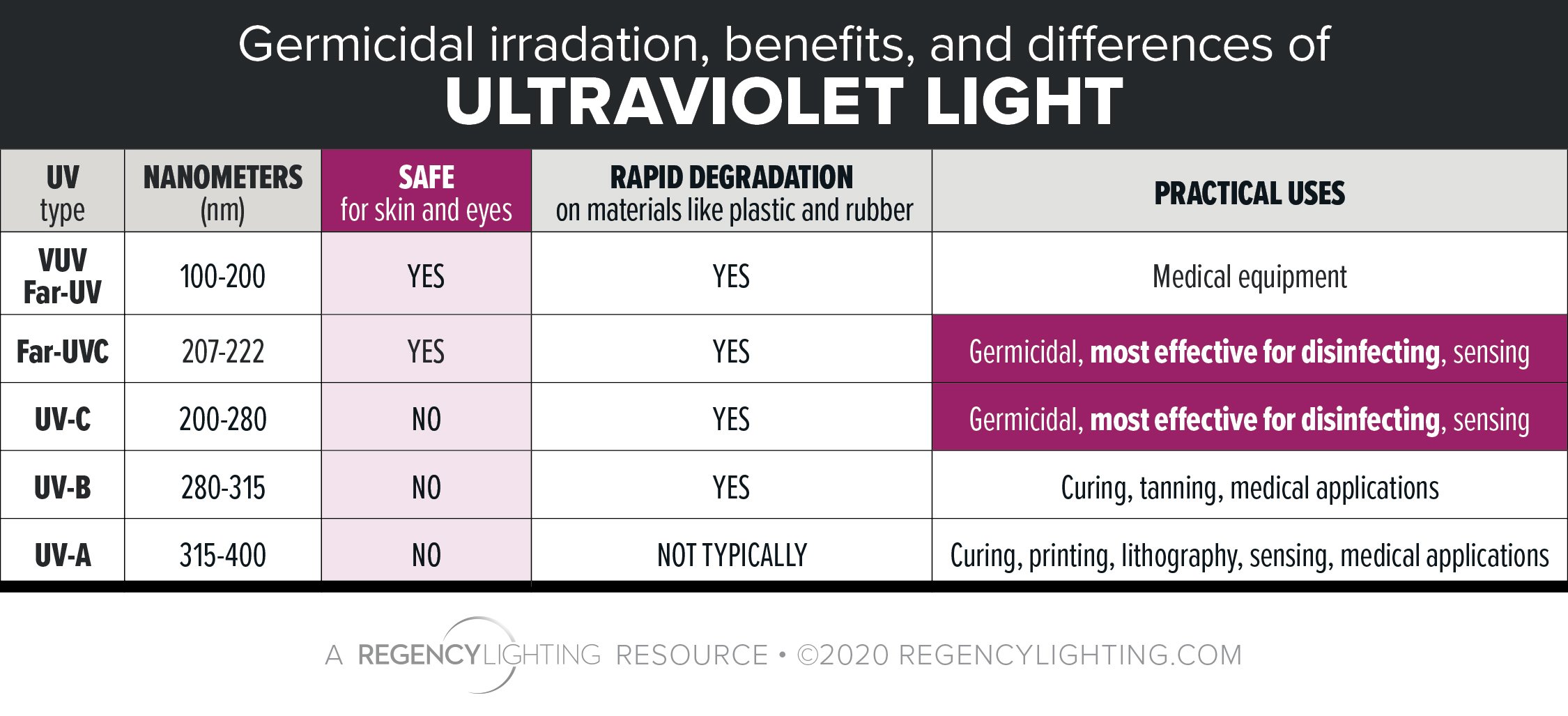Various preventive equipment currently exist that help in curbing the spread of COVID-19.
1. Masks
Surgical grade N95 respirators offer the highest level of protection against COVID-19 infection, followed by surgical grade masks (Figure 1). However, these masks are costly, in limited supply, contribute to landfill waste and are uncomfortable to wear for long periods. Some N95 masks have valves that make them easier to breathe through. With this type of mask, unfiltered air is released when the wearer exhales. Like surgical masks, N95 masks are intended to be disposable. However, researchers are testing ways to disinfect N95 masks so they can be reused.
2. Face Shields
Face shields have the following advantages: They are comfortable to wear, protect the portals of viral entry, and reduce the potential for auto inoculation by preventing the wearer from touching their face.
3. Ultraviolet Light
Ultraviolet light is an effective tool that has been in use for decades in hospitals and operating rooms. For COVID-19 sterilization applications, UVC lamps are great. But they’re often big and unwieldy. And because of the high risk to humans, operators need to wear really hardcore safety equipment and go through specialized training. Researchers have discovered that a specific wavelength of UVC light – 222 nm – could be much less dangerous to humans, while still lethal for viruses and bacteria (Figure 2).
Hence, there is a possibility for further research in these mentioned topics that we can do to enhance the PPE worn by the healthcare practitioners.
 Figure 1. Graph showing the effectiveness of different types of masks. Source: van der Sande et al. 2008, PLoS One.
Figure 1. Graph showing the effectiveness of different types of masks. Source: van der Sande et al. 2008, PLoS One.
 Figure 2. Table showing the effects of different wavelengths of UV light. Source: Regency Lightning.
Figure 2. Table showing the effects of different wavelengths of UV light. Source: Regency Lightning.